Trip Info
-
Minivan, Modified Safari Vehicle, 4x4 D/Cab, 4x4 SUV
-
3 Star Hotels, Lodges, Guesthouses
-
Dinner, Bed and Breakfast
-
English, German, French, Spanish
-
Tour Guide Daily Service
-
Easy to Moderate
-
Min: 2 & Max: 12
-
April - October
-
Windhoek City
-
Windhoek City
-
12
-
75
Overview
This trip unlocks the greatest jewel of Namibia – The Caprivi Strip. The Caprivi Strip is in effect the Okavango Delta in Namibia, it is packed with wildlife, and offers the same remote and personal game viewing as the Okavango Delta. The Caprivi is bordered by the Okavango, Kwando, Chobe and Zambezi Rivers. The Caprivi may not be on every traveler’s wishlist, but to come here is to experience a side of Namibia that is rarely seen – while staying in one of a handful of lodges whose standards of accommodation, food and guiding are among the best in the land. This region is Namibia’s very own version of the Serengeti and offers a rare experience…one of the largest annual Zebra migrations in Africa. This trip departs from Windhoek every Friday morning.
Trip Highlights
- Jet-in into the Jewel of Namibia "Caprivi Strip" with a regional flight to Caprivi Strip for wild adventure.
- Explore Bwabwata National Park with a large concentrations of Elephant, Buffalo, Sable and Roan Antelope.
- Discover Mahango Game Reserve and experience main predators such as Lion, Leopard, Cheetah and Hyaena occur.
- Chobe National Park – known for its large herds of elephants and Cape buffalo, which converge along the Chobe Riverfront in the dry months.
Itinerary
This morning you will be picked up from your various accommodation establishments and transferred to Eros Airport for your flight at 11:00AM to Caprivi Strip landing at Mpacha Airport of Katima Mulilo town. You then be picked up by your tour guide/driver and head west of Caprivi Strip into Bwabwata National Park.
This national park has a large concentrations of Elephant, Buffalo, Sable and Roan Antelope can be seen. Main predators such as Lion, Leopard, Cheetah and Hyaena occur. This Par is also one of the last refuges of the Wild Dog in Namibia. Common Reedbuck, Red Lechwe, Sitatunga and Hippo are found along the rivers. Birds include Wattled Crane, African Skimmer Western- banded Snake Eagle, Wood Owl, Pel’s Fishing Owl, Narina Trogon, Cape Parrot, and both Red-billed and Yellow-billed Oxpeckers.
Overnight: Nambwa Tented Lodge or similar
Nambwa Tented Lodge, located on ancient elephant migratory routes perched high amongst majestic tree canopies. Honouring the elephants’ right of way, a timber walkway, towering above these gentle giants, meanders through the trees and joins the ten luxurious tented suites of exquisite comfort. Tastefully decorated with natural colours and evoking a gentle balance of serenity.
The decadently spacious tented suites open completely and emanate a feeling of vastness and opulence. The main feature, and the heart of the lodge, is the majestic viewing deck, from where your “open to sky” dining, with rewarding views of the floodplains below, are more than often the playground for large herds of elephants, buffalo and plains game that later seek refuge and security under your tented suite for the night.
You join an early morning optional excursion for a boat Cruise (on clients own account). The early morning sun’s rays reflect off the water’s edge. The soothing sound of the water is therapeutic as it is gently broken by the bow of the boat cutting through the water’s surface. Our guides steer the boats past varied landscapes of papyrus islands and reed floodplains and get within respectful distances of hippos, crocodiles, other mammals and the varied bird species this area is known for. An informative, yet soulful experience on waterways similar to that of the Okavango Delta.
You can opt to join a Guided Game drive. As dawn breaks or the afternoon shadows lengthen our game drives depart to discover the unknown behind every bend within the Bwabwata National Park. Observing every branch for a rare endemic bird, to be rewarded instead by an elusive leopard. The silence broken by the deep low rumble vibrating through the bush, which could only belong to a large herd of elephants. Out of nowhere they appear with a focused determination towards the life-giving water up ahead. Knuckles white, as I grip the seat of the game viewer, relishing the moment as a highlight of my journey through this unique Conservation area in Africa.
You can opt to join a Guided Bush Walk. Walking Safaris are an incredible way to experience the bush in a more personal and energetic way. Our local guides take great delight in sharing their ancestral repertoire of medicinal uses of the flora along the way and their tales of the wild and their upbringing in this area. It is an experience, which connects and grounds any participant to our Earth, as we are in a truly natural environment with lion, buffalo, elephants, leopard and other wildlife roaming these plains freely.
Overnight: Nambwa Tented Lodge or similar
This morning for Nkasa Rupala National Park located in the Southern part of Caprivi Strip. The name, Nkasa Rupara, is a reference to two Kwando River islands within the park’s territory. Wild – that’s the one word that best describes Nkasa Rupara NP (formerly Mamili) National Park. It is an extraordinary piece of wilderness, waiting to be explored. Lush marshes, dense savannah and high river reeds mean that travelling through the area is a dream for 4×4 enthusiasts.
During the dry winter months, large herds of elephant congregate on Nkasa and Lupala islands. But for much of the year, the park is awash with floodwater. Game drives go through the edge of deep pools and close to rivers where crocodiles lie in wait. Nearby buffalo or elephant may be crossing the river. For anyone who relishes the adventures of raw, real Africa, Nkasa Rupara NP National Park is the place to be.
**Memorable Moment: Spectacular herds of elephant, buffalo, red lechwe and reedbuck are among the highlights of any game-viewing experience. But be careful, the waters are also home to five-metre- long crocodiles and families of hippopotamus, which venture onto the floodplains at night to feed. During the rainy season, areas of the park can become flooded and inaccessible, and yet it remains a sanctuary for birds. With more species of birds recorded here than anywhere else in Namibia, the Park is a bird-watcher’s paradise.
Overnight: Nkasa Lupala Lodge or similar
Nkasa Lupala tented lodge is built on the banks of one of the many channels of the Kwando-Linyanti river system. This unique Namibian wetland paradise in the Zambezi Region (Caprivi), is commonly known as Mamili and was recently renamed Nkasa Lupala National Park. The lodge and the Wuparo conservancy are part of the successful and award winning Namibian conservancy program. At Nkasa Lupala Tented Lodge be ready to experience a true Sustainable holiday.
Today you have optional activities (on clients own account) to choose from: Game Drive – Sighting include Elephants, Buffalo, Hippo, Lions, Leopard, Impala, Kudu, Zebra and wildebeest. Boat Cruise – relaxing cruise departs directly from the Lodge and is conducted on the Harubandi channel part of the Kwando-Linyanti system, the unique landscape is what makes our cruises special. Animal sighting differs from the season. Ideal on the first day of arrival. Combo Drive and Boat – Don’t miss the opportunity to have a game drive and an exclusive cruise on the Linyanti River.
This is one of the most unexplored areas of Namibia. Animal sighting differs from the season. Winter is the season wen Elephants migrate in great numbers into Namibia from Botswana. Village visit a homestead part of the Wuparo Conservancy. Also go to the local school and if possible we visit the local Traditional Authority. This should be a real experience and we chance homestead every visit. Walking Safari – Walking safari is conducted by lodge guides and an armed community ranger. This experience requires a certain degree of physical fitness. The activity is subject to safety conditions. Night Drives. This activity is preferred in the dry winter months. We will drive searching for those elusive animals that because of their habits can be observed only by night.
Overnight: Nkasa Lupala Lodge or similar
After a morning breakfast, you depart to the east side of Caprivi Strip. Chobe National Park is a true wildlife paradise and one of the best national parks in Southern Africa. Just one peek at the variety of wildlife and lush vegetation and you will be mesmerized forever. Chobe National Park is extremely lush because of the many waterways. The Chobe River flows through the park and draws many animals and birds during the dry season.
Situated on the Namibian banks of the Chobe River, Serondela Lodge is facing the world renowned Chobe National Park. This will ensure all year round close encounters with free roaming wildlife to our guest. The 8 rooms situated facing the river will enjoy spectacular views with endless photographic opportunities.
Just 17km from Kasane but far enough to ensure exclusivity the guest will be part of the positive impact of sustainable tourism on this incredibly beautiful area which is situated within a very dynamic conservancy. The lodge is located in front of the renowned Serondela area in the Chobe National Park. Famous for being a major Elephant corridor as well as an area where the lions hunt their prey.
Overnight: Serondela Lodge or similar
Serondela Lodge’s consist of 7 luxurious chalets and 1 family chalet with panoramic views, freestanding, constructed with ecological materials and techniques. The rooms are spacious and secluded with private viewing decks where guests can relax and observe the herds of elephants, buffaloes and impala as they graze. The suites have been designed to allow maximum game viewing with large picture windows looking out onto the Chobe river banks. Large bathrooms, Wifi and 220v power in the rooms.
Today is a day of activities for a memorable experience (all activities on clients own account). The lodge offers the following activities: 1h30 AM Nature walk or Village visit, 2h30 PM Sundowner cruise, 2h30 AM Boat Cruise and a 3h Game drive in the Chobe NP. Experience 6-hours of bliss in the famous Chobe National Park with a Boat Cruise & Game Drive trip. Guests do a boat cruise and then 4×4 in specially adapted open vehicles. This is a unique opportunity for quests of the Chobe National Park to experience some of the best game viewing in Africa close up.
Chobe is renowned for large herbivores – like buffalo and elephant – wading in the water and having a drink. Puku and lechwe are often seen on the island and kudu, impala and water buck are also common on the banks of the river. The Boat Cruise & Game Drive trip typically starts with a Chobe River cruise into the park, with an opportunity to see a host of waders and water birds. You can also expect the ever-present crocodiles and lurking hippos.
Overnight: Serondela Lodge or similar
This morning we depart to the Northern part of Caprivi Strip on the edge of the Zambezi River. Forty kilometers east of Katima Mulilo, Zambezi Mubala Camp is tucked away under a canopy of green. Formerly known as Island View, this camp provides the creature comforts for the city-slickers without taking away from the outdoors experience.
Safari camping on the banks of the Zambezi River takes camping to an entirely new level. Eight safari tents (sleeping four) with en-suite bathrooms provide comfortable Zambezi homes. Guests have the option of cooking up a storm in their fully-equipped kitchens, having a bite to eat at the camp’s restaurant or picking up a braai pack for a hearty barbeque.
Days are spent lounging along the water, be it river or pool, with birdsong and the soft song of the Zambezi to keep you company. Hop aboard a boat trip to explore the Zambezi, try your luck at luring the elusive Tiger Fish and savour the colours of a rich red sunset over the calm surface of the water.
When night falls, the stars put on one of the finest shows on the planet, and Zambezi peace wafts through the camp like a fresh and rejuvenating breeze. An easy base while exploring Namibia’s lush north-eastern corner, Zambezi Mubala Camp is also a convenient and attractive stopover en-route to Chobe National Park and Vic Falls.
Overnight: Zambezi Mubala Lodge or similar
This morning after breakfast you will be transferred to Mpacha Airport of Katima Mulilo town back to Windhoek. With a bit of time before arrival at Mpacha Airport you will have some time explore the town of Katima Mulilo. Katima Mulilo (SiLozi language means quenches the fire, referencing nearby rapids in the Zambezi) is the capital of the Caprivi Strip
Katima Mulilo is situated in the far north-east of Namibia, within the Caprivi Strip. At the same time Katima Mulilo is a border town to Zambia and is connected by bridge with the town of Shesheke in Zambia. Katima Mulilo was founded in 1911 and has about 28.000 inhabitants. Katima Mulilo is inhabited by members of the Masubia and Mafwe tribes. The town’s coat of arms, still very similar to that used by the Caprivi government, depicts these tribes as two elephants facing each other, symbolising unity and peaceful coexistence of the two tribal chiefs.
After a short visit in the town of Katima Mulilo, you will be transferred to Mpacha Airport located 22 kilometers outside the town of Katima Mulilo. You will arrive at Eros Airport in Windhoek city at 14:40 and you will be transferred to your hotel or Hosea Kutako International Airport for your evening outbound flight.
Price Details
|
No of Guests |
Budget rate | Luxury rate |
Exclusive rate |
|
2 |
NAD62, 220 | NAD67, 650 |
NAD73, 150 |
|
4 |
NAD49, 695 | NAD54, 100 |
NAD58, 350 |
|
6 |
NAD45, 520 | NAD49, 500 |
NAD53, 450 |
|
8 |
NAD43, 435 | NAD47, 220 |
NAD50, 995 |
|
10 |
NAD42, 185 | NAD45, 850 | NAD49, 520 |
| 12 | NAD41, 350 | NAD44, 945 |
NAD48, 550 |
|
Single Sup |
NAD5, 850 | NAD6, 550 |
NAD7, 250 |
- All prices are in NAD or N$ (Namibian Dollar) which is equivalent to ZAR (South African Rands)
- Please note that all prices indicated are based on a per person sharing rates per night.
- Single (Sup) Supplement is an additional rate charged for one person to stay in a room or tour package meant for two people.
- If you have made up your decision for the tour of your choice and number of travelers, make your booking and payment here.
Cost
Includes
- Accommodations and meals as stated in the itinerary.
- Transportation in air-conditioned safari vehicle.
- Return ticket to and from Windhoek's Eros Airport to Mpacha Airport in Caprivi Strip.
- Meal basis as per booked option and as prescribed in the itinerary.
- Services of a registered and experienced English-speaking safari guide.
- Entrance fees and excursions as described in the itinerary.
- Bottled still water on board the safari vehicle.
- Airport transfers to Windhoek International Airport if departing on the last day of the tour.
Excludes
- International flights to Namibia and airport taxes.
- Pre and post safari accommodation in Windhoek (to be done on request).
- Any entrance fees and excursions not included in the itinerary.
- All beverages with the exception of mineral water on board the safari vehicle.
- Laundry (laundry service available at lodges at extra cost).
- Gratuities and Items of personal nature (telephone expenses, curios, medicines etc).
- ENTRY VISA FEES, BANK CHARGES (as per bank percentage commission for VISA/MASTER and commission for AMEX).
Join Our Fixed Trip Starting Date
| TRIP DATES | AVAILABILITY | PRICE | SPACE LEFT | |
|---|---|---|---|---|
| November 3, 2024 - November 10, 2024 | Guaranteed | ₽203,790 |
12 Available
|
|
| November 17, 2024 - November 24, 2024 | Guaranteed | ₽239,395 |
12 Available
|
|
| November 24, 2024 - December 1, 2024 | Guaranteed | ₽290,460 |
12 Available
|
|
| December 1, 2024 - December 8, 2024 | Guaranteed | ₽203,790 |
12 Available
|
|
| December 15, 2024 - December 22, 2024 | Guaranteed | ₽239,395 |
12 Available
|
|
| December 22, 2024 - December 29, 2024 | Guaranteed | ₽290,460 |
12 Available
|
|
| January 5, 2025 - January 12, 2025 | Guaranteed | ₽203,790 |
12 Available
|
|
| January 19, 2025 - January 26, 2025 | Guaranteed | ₽239,395 |
12 Available
|
|
| February 16, 2025 - February 23, 2025 | Guaranteed | ₽239,395 |
12 Available
|
|
| February 23, 2025 - March 2, 2025 | Guaranteed | ₽290,460 |
12 Available
|
|
| March 8, 2025 - March 15, 2025 | Guaranteed | ₽203,790 |
12 Available
|
|
| March 15, 2025 - March 22, 2025 | Guaranteed | ₽239,395 |
12 Available
|
|
| March 22, 2025 - March 29, 2025 | Guaranteed | ₽290,460 |
12 Available
|
|
| April 5, 2025 - April 12, 2025 | Guaranteed | ₽203,790 |
12 Available
|
|
| April 12, 2025 - April 19, 2025 | Guaranteed | ₽239,395 |
12 Available
|
|
| April 19, 2025 - April 26, 2025 | Guaranteed | ₽290,460 |
12 Available
|
|
| November 3, 2025 - November 10, 2025 | Guaranteed | ₽203,790 |
12 Available
|
|
| November 17, 2025 - November 24, 2025 | Guaranteed | ₽239,395 |
12 Available
|
|
| November 24, 2025 - December 1, 2025 | Guaranteed | ₽290,460 |
12 Available
|
|
| December 1, 2025 - December 8, 2025 | Guaranteed | ₽203,790 |
12 Available
|
|
| December 15, 2025 - December 22, 2025 | Guaranteed | ₽239,395 |
12 Available
|
|
| December 22, 2025 - December 29, 2025 | Guaranteed | ₽290,460 |
12 Available
|

FAQs
Namibia is found in the South West of Africa. Angola borders it to the north, Zambia to the northeast, Botswana to the east and South Africa to the south. The Atlantic Ocean borders Namibia on the western side.
Namibia has a subtropical climate, characterized by hot and dry weather with little rain along the coast. Periods of winter drought alternate with summer rainfall between October and March with the interior having higher rainfall.
Namibia is a year round destination but Peak season is from July to November. Bear in mind that if you are planning to visit in December/January it gets very hot!
No you do not necessarily need a 4×4 to tour in Namibia. It however depends on which areas in Namibia you would like to see. Areas such as the Kunene Region it is advisable to hire a car with high ground clearance and 4×4. The National parks in the Zambezi (Caprivi) you will require a 4×4. It will also depend on if you are planning on traveling to Namibia during the rainy season. Remember that 80% of roads in Namibia are gravel and if you are traveling in a normal sedan car you will be required to travel slowly to ensure your safety.
The official currency of Namibia is the Namibian Dollar (N$), divided into 100 cents. The Namibian Dollar and South African Rand are the only currencies accepted in Namibia. Traveler’s cheques in Rands are accepted. Foreign currency can be converted into Namibian Dollars or South African Rands at commercial and bureau de change.
Major credit cards are widely accepted, including Visa, MasterCard, American Express and Diners Club. Cards can also be used to withdraw cash from ATM’s. Filling stations do not accept credit cards.
It is customary to give 10% of the bill in restaurants if service received is of a good standard. Porters should receive about N$5.00 – N$10.00, a petrol station attendant about N$10.00 and if you are on a guided safari tour, the minimum tip for your tour guide is N$100.00 per person per day, it’s not compulsory but it’s a token of appreciation for service rendered daily.
Namibia is a peaceful country overall…it is considered to be one of the most stable and safe countries on the African continent. However like any country tourists can be targeted. Pickpockets can be a problem and don’t make yourself a target i.e. have your camera hanging around your neck – rather place your goods in a secure bag or back pack. Be alert and use some common sense and you should be fine. If you want to visit a township, do so in a group and with someone who is familiar with the area. Driving under the influence of alcohol is also a problem, so when driving and walking over the weekends, be alert.
Yes, Namibia is a safe country and often regarded as a great place not only for first time travelers to Africa but also for families. Most of the accommodation establishments cater for families and a lot of the activities on offer cater for families and children. The infrastructure is good, water is generally safe to drink and there is plenty to keep everyone of all ages occupied.
Mobile phones are common in Namibia and use the same frequency as Europe and the rest of Africa. One is able to purchase a starter kit from the local Cell phone service provider. These are widely available at international airports, cities and towns. You would then need to purchase air time as and when you need it.
Most of the accommodation establishments now offer free WI-FI for their guests. There are also internet cafes in Windhoek, Swakopmund and other towns.
The voltage in Namibia is 220-230 V (identical to South Africa). Most supermarkets sell adapters. Many farmers generate their own electricity with a diesel generator, which is only run during the day.
Yes most definitely. The largest and only international airport is Hosea Kutako International Airport located about 45km east of Windhoek, the capital of Namibia There are smaller airports located all over the country.
Namibia does have a few strange items on the menu as with many countries in the world. Don’t worry too much though, those are not the only options available. Namibia offers a great selection of steaks and game dishes and hamburgers are widely available. A wide variety of seafood is also available as Namibia borders the Atlantic Ocean which is rich in sea life. If you are vegetarian you will be pleased to know that more and more of the local restaurants and accommodation establishments cater for vegetarians.
Highways exist from Windhoek to all major towns. Asphalt roads extend to most of the borders (except Mata Mata, Klein Manasse, Velloorsdrift and Tsumkwe). Main roads are in good condition and are maintained to all weather standards. At least 80% of the roads in Namibia are gravel roads and are generally very well maintained. Please always remember to stay within the speed limit on gravel roads.


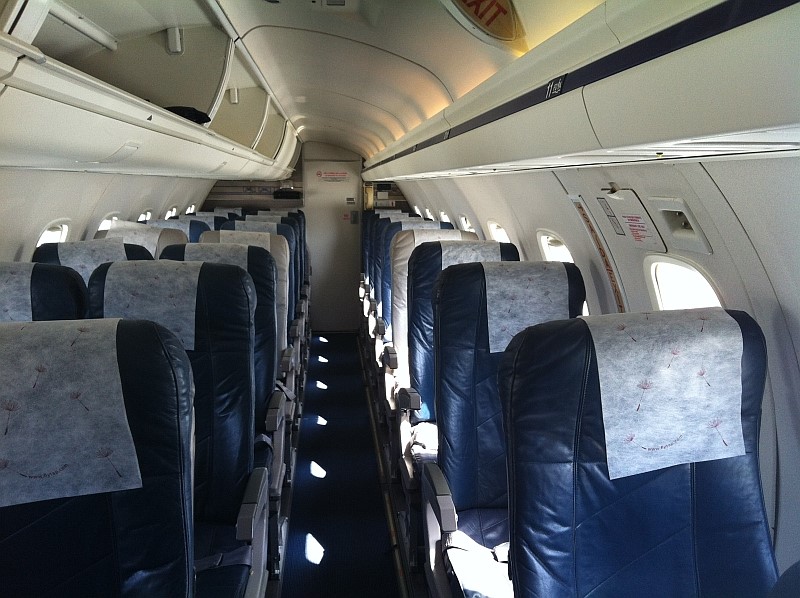






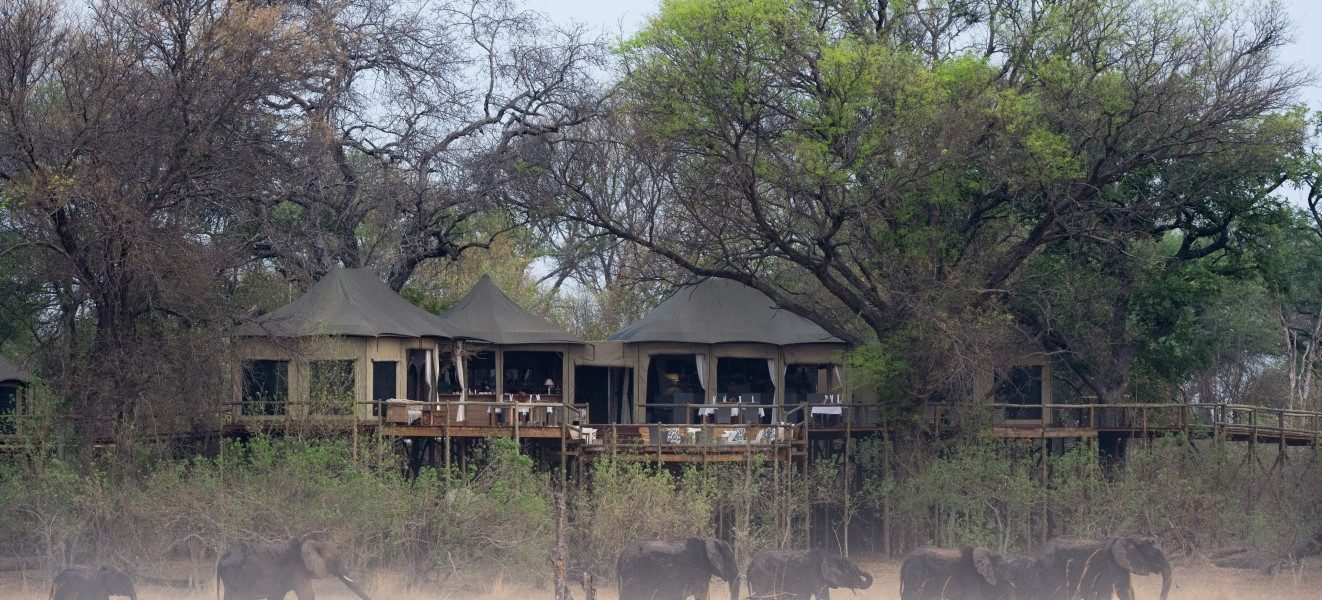























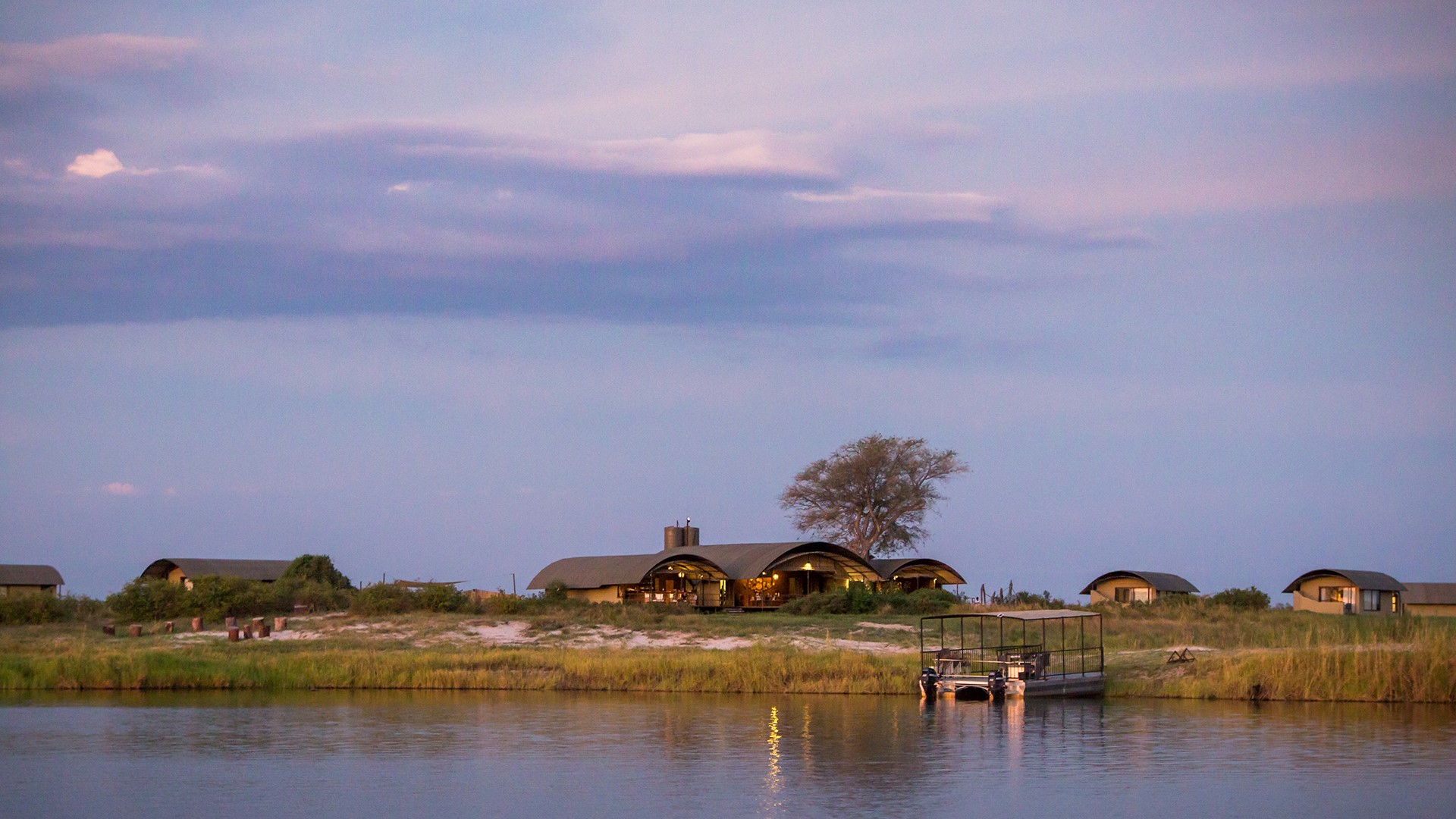


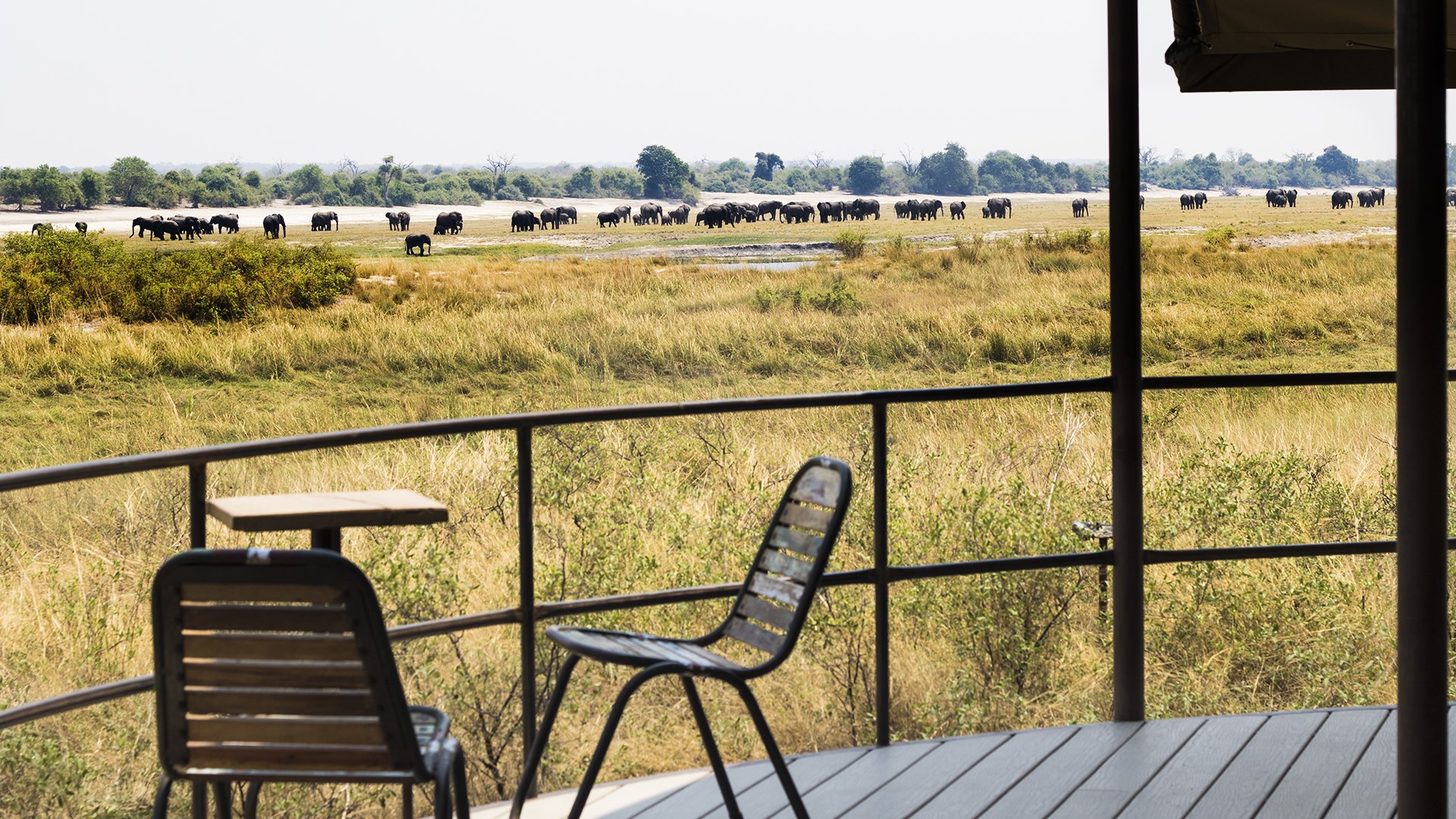







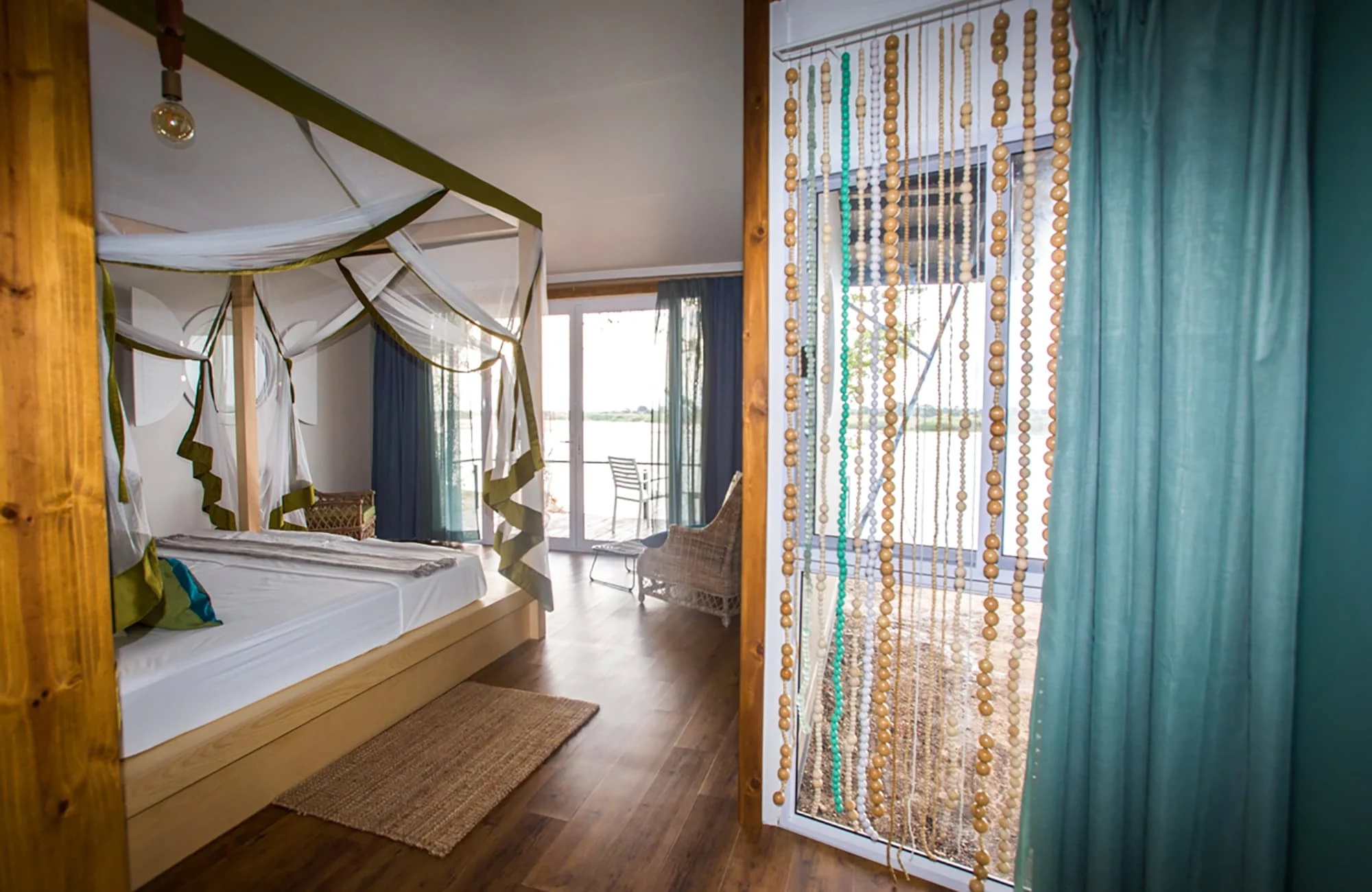







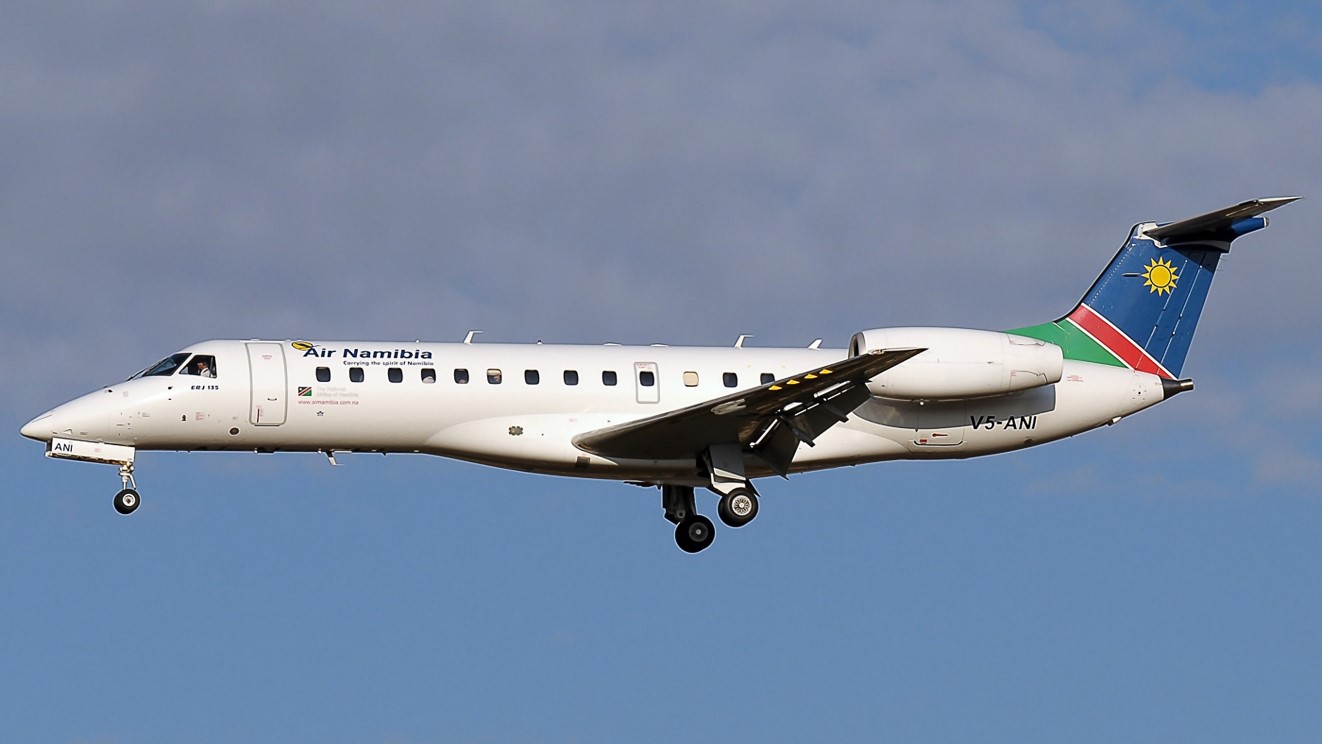


Write a Review